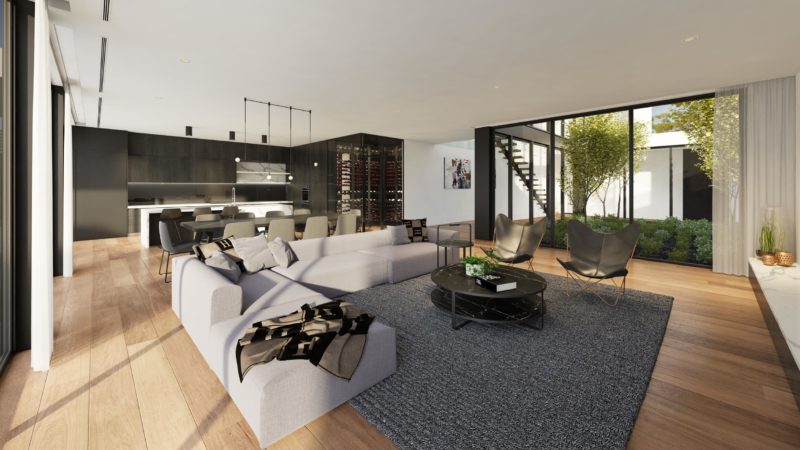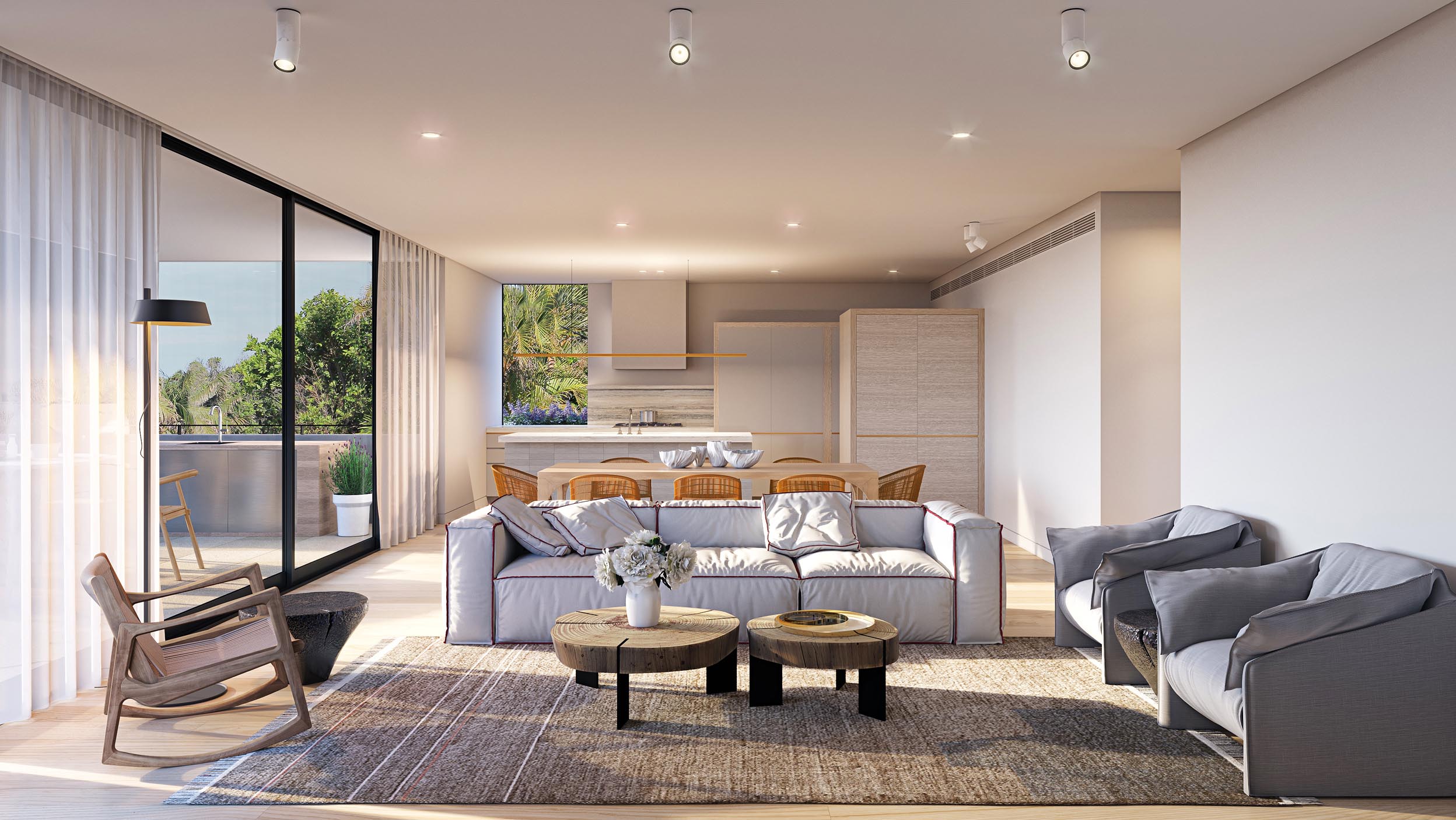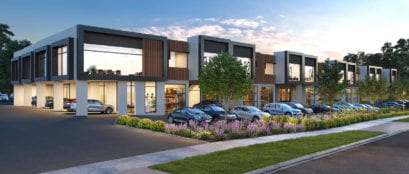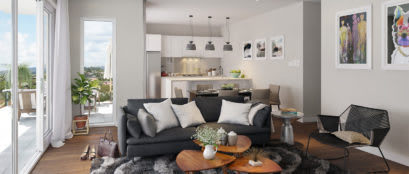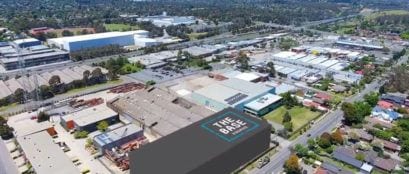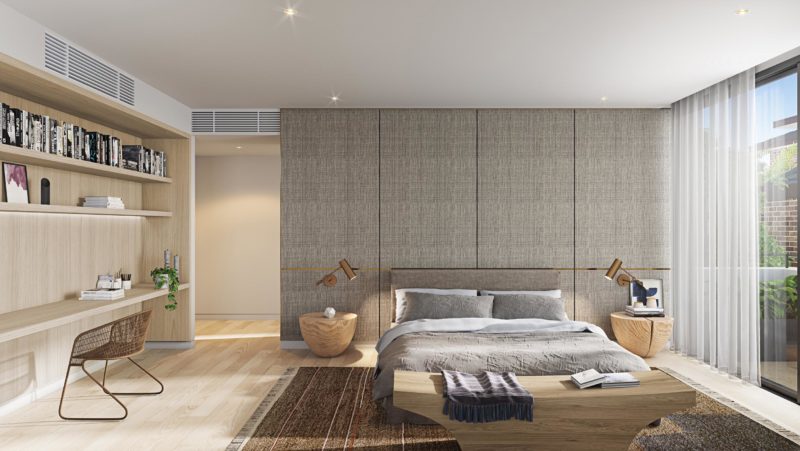

But first, what is real-time rendering?
The answer is in the name itself – scenes get rendered quickly enough to give the impression of being generated in ‘real time’. 3D visualisation depends on something called the ‘rendering pipeline’.
This is a composite of several stages such as 3D modelling, material application, lighting and camera animation. In the standard rendering process, these stages are implemented manually and in a sequence.
In real-time rendering, on the other hand, the entire rendering pipeline is handled by a high-speed render engine that produces multiple frames per second.
In terms of the end result, this means that you save countless hours that you would’ve otherwise spent building 3D digital models, making changes, and waiting for the results to show up in the final architectural renders. For your clients, it means being able to experience an entire design on demand, as an interactive sequence of fully rendered frames.
Sounds great, but is it practical?
1. Your clients are already familiar with it.
In the world of architectural presentation, it takes time for new technologies to become mainstream. But this doesn’t apply in this case – because it’s not exactly new, it has been been the bedrock of the video game industry for decades now. Many of your clients will already be used to the idea of moving through interactive virtual worlds and watching them unfold on demand. Offering them a similar experience in an architectural design presentation is a smart choice.
2. It revamps the entire design process.
Design firms that routinely use real-time rendering for their projects know that it’s not just about making presentations slicker. This technology works wonders for the entire design process. From conceptualisation all the way to execution, architectural projects involve a complex interplay of feedback loops and the ground realities of timeline and budget. Real-time 3D rendering can significantly streamline this process. Architects can envision their designs as interactive 3D digital models that can be experienced, assessed and modified at every stage. The level of control it offers, together with the time and effort it can save, makes real-time rendering vastly superior to its conventional alternatives.
The numbers back this up. A 2018 study by Forrester Consulting found that 83% of architecture firms think real-time rendering can reduce the need for developing multiple mock-ups through the typical design process.
3. It’s not as expensive as you might think.
The possibilities of real-time rendering are endless. But architects and interior designers continue to avoid it thinking it’ll cost them a fortune, both in monetary terms and in the form of manpower and studio setup requirements. The same Forrester study mentions that 42% of architecture firms see software costs as the primary barrier.
But here’s the thing – real-time 3D rendering is getting more and more accessible by the day. Platforms like Unreal Engine have already opened up the possibility of integrating their technology with popular 3D architectural visualisation software. Additionally, design firms are collaborating with 3D architectural visualisation companies that specialise in real-time rendering. This allows them to leverage the technology while keeping software and infrastructure costs to a minimum. With these novel and collaborative workflows gaining traction across the globe, it’s only a matter of time before real-time 3D rendering becomes a staple practice in architecture and design.
Want to stay ahead of the 3D visualisation curve? GT Images povides 3D rendering and architectural visualisation services Australia wide.
So for high-quality, photorealistic rendering solutions for your architecture projects check out our portfolio or drop us a message to get started.
